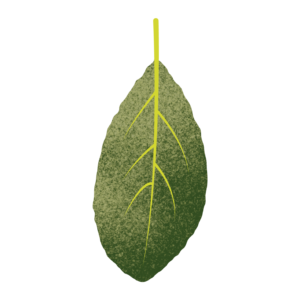Andrina, bruño (Galician) | Brunheiro bravo (Portuguese) | Endrino (Spanish) | Prunellier (French)
The blackthorn or sloe is a deciduous bush, very tangled and thorny that reaches 4 metres in height. It often tends to form large thickets thanks to its easy and dense reproduction of shoots that sprout from its roots. Its branches spread outwards, brownish-dark in colour, more or less hairy when young, often capped with a thorn; the bark on the older branches have a greyish aspect.
The thorny branches bear small oval leaves, petiolate and alternate stalked.
The flowers are white and pentamerous (in groups of five), opening in spring before the budding of the first leaves.
The plant has been used, since ancient times, as a medicinal and alimentary plant. The sloe berries (basaranak in Basque) are used in the preparation of jams and jellies, as well as in the preparation of Patxaran (sloe-flavoured liqueur). They have also been used to flavour other liqueurs. The so-called Sloe gin is very popular, usually sweeter and more aromatic than ordinary gin. The flowers when prepared as a herbal tea are used as a laxative
while the fruit, on the other hand, offer astringent properties as well as being used for cosmetic facial masks. Its wood is used for turning and for making walking sticks.
From an industrial perspective, excellent quality varieties of the shrub have been obtained, showing good agronomic performance. It needs to be highlighted that the sloe is sexually self-incompatible making it necessary to have one or more varieties in each plantation, for pollination and subsequent fertilization to take place.







